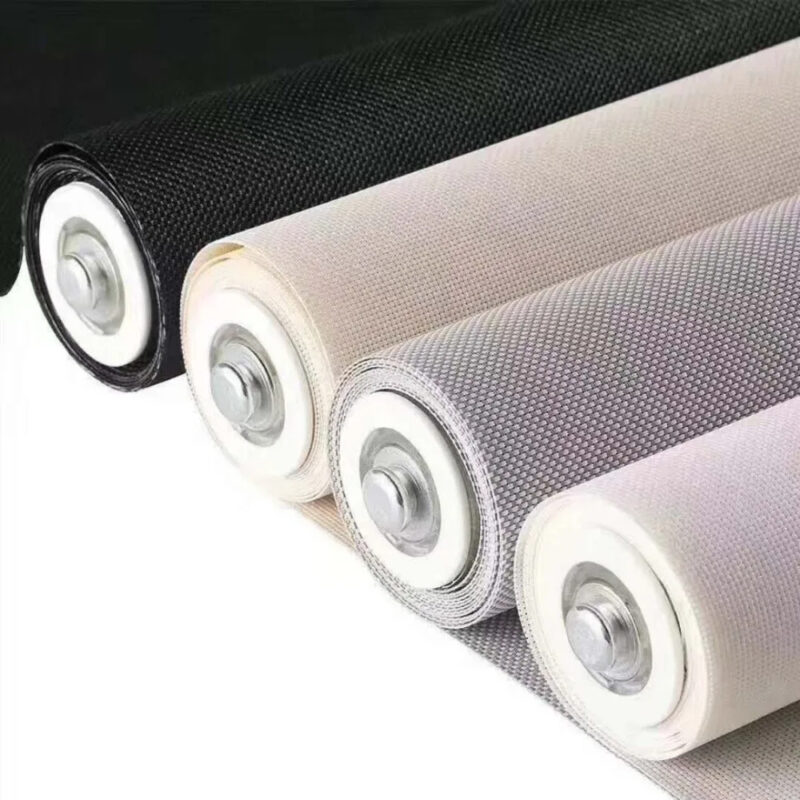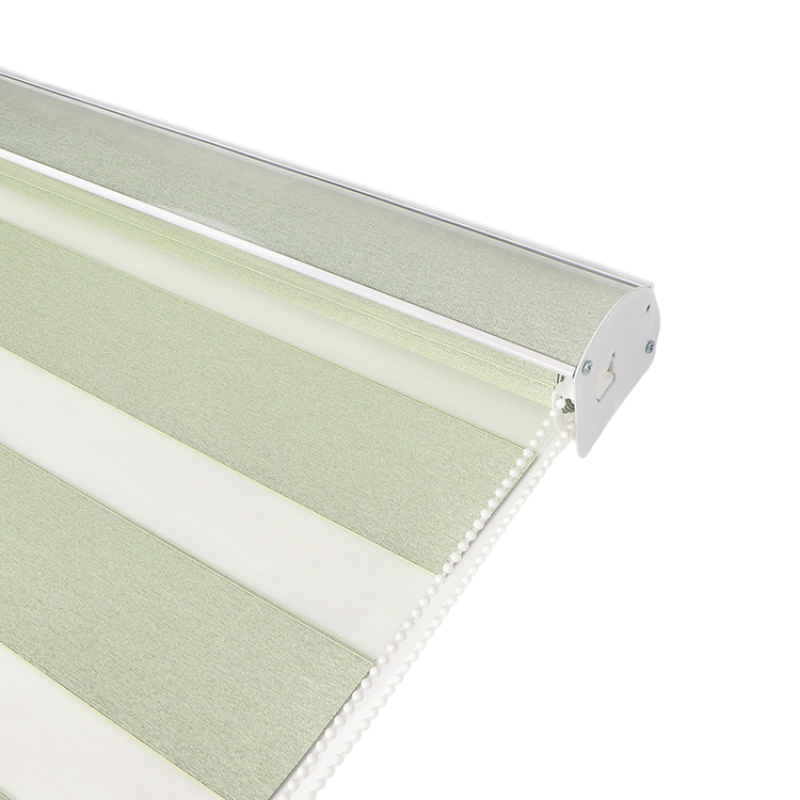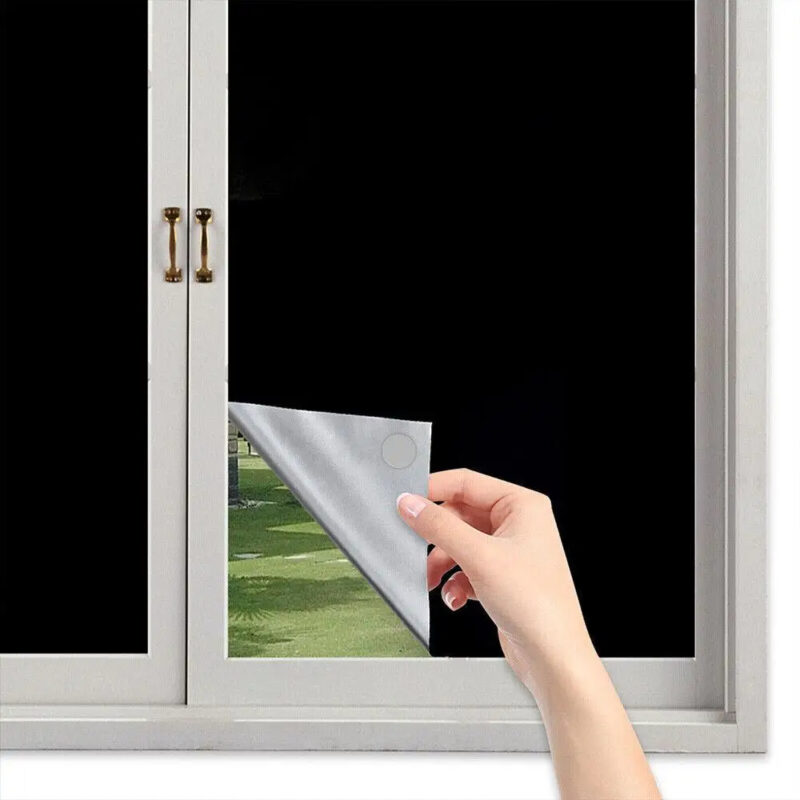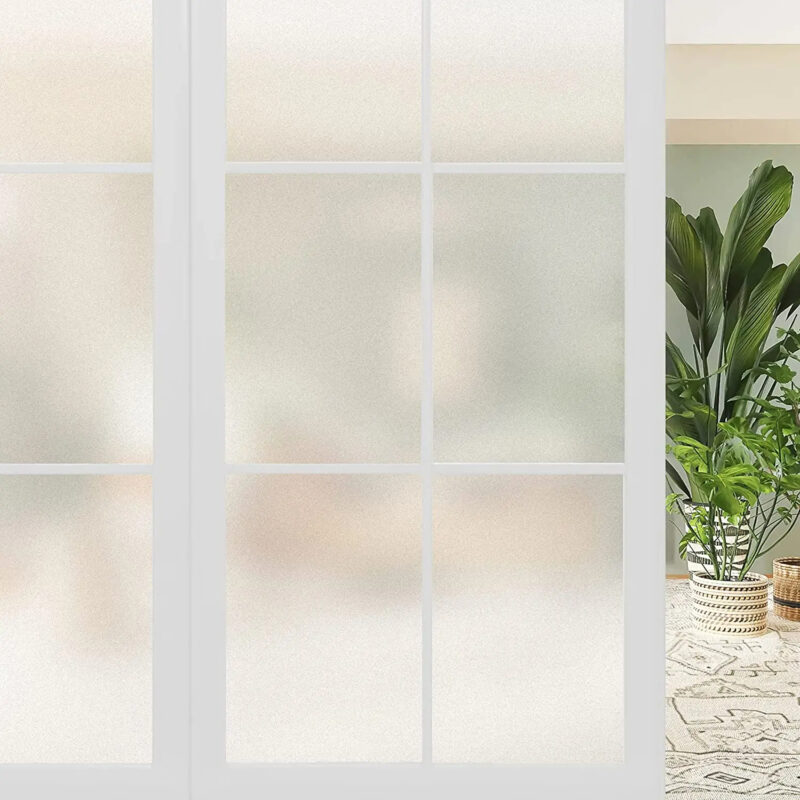How To Remove Window Caulk? (Step-By-Step Guide)
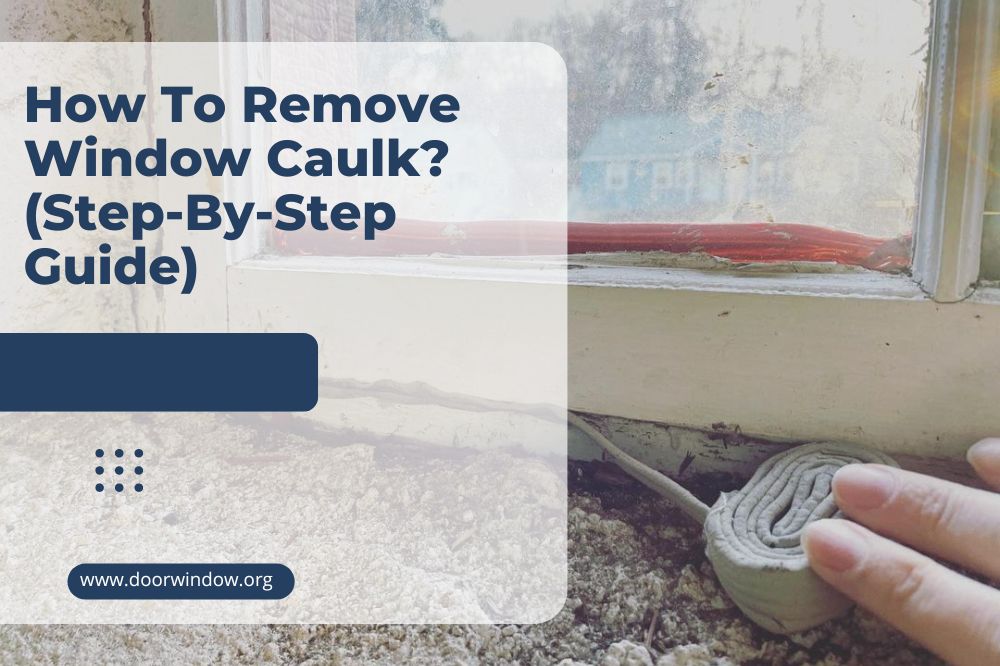
Do you have issues with insect infestation or draught in your home? One of the best methods of sealing holes and cracks in windows and other areas is to use caulk. However, if you are reapplying caulk, ensure you completely remove the old one to avoid a messy or inadequate result.
Removing old caulk from windows is not a job you hurry. To begin, you must know the best methods to clear it without any residue. Any residue can cause dirt, dust, and humidity to remain under the new caulk, leading to weather issues. Besides, the seal may look untidy.
Fortunately, there are easy ways to remove window caulk, and this article explains the steps. You will learn the kind of caulk that works for different window types and which caulk removal tools work for each one.
Tools You’ll Need For The Removal
- A pair of gloves
- A face mask for protection
- Isopropyl or rubbing alcohol
- A pair pliers
- A small sharp knife
- Clean rags or cloth
- Heat gun
- Hair dryer
- A bag to collect the old caulk
Removing Old Caulk from Windows

The first step in removing old caulk from any window is to soften it. The method for softening it may differ, but the results are usually the same. You can use alcohol or heat to soften it and after that, use a sharp tool to loosen it for easy removal.
The most pressing issue is removing the caulk without damaging the window or frame. This is particularly true if the frames are aluminum or vinyl as they are typically light. However, alcohol or heat works well for these materials without causing damage.
Step One: Make the Caulk Soft
Old caulk typically looks loose and easy to remove with a putty knife or any other sharp tool. However, the reverse is the case; loose-looking caulk is deceptive. It is not as easy to remove as it seems. So, taking a knife, screwdriver, or a pair of pliers to it before it is soft may do more harm or good.
i. Softening with Alcohol
Any type of alcohol works for this job, including drinking alcohol. But you can use isopropyl alcohol, or what we commonly call rubbing alcohol. Get a cloth and soak it in the alcohol of your choice.
Next, place the cloth on the caulk and leave it there for a few days, preferably not less than three days. If you have a significant amount of caulk to remove, you will need a lot of alcohol and cloth to reach all the windows.
You can use other methods if this one is not viable for all the windows, however, the alcohol will soften the caulk enough for you to remove them easily in just a few days. Note that you must protect your hands with gloves to prevent excessive contact with alcohol.
ii. Softening with Heat
If softening the caulk using alcohol is not viable, you can opt for the heat method. It is highly effective and can loosen the caulk within a short period.
You will need a portable heat source to move around different windows. So, use a heat gun or a hair dryer. Start with a hair dryer because it produces less heat than a heat gun. Set it to the lowest heat setting and position it about six inches away from the window caulk.
Allow the heat to blow on the surface until you notice a change in how the caulk adheres to the window. You may have to pause at thirty-second intervals to check how it works.
If low heat does not have any effect on the window, you can increase it to medium heat and check the difference. And if it takes too long, try using the highest heat setting and reduce the distance between the dryer and window, but monitor its effect on the glass.
Switch to using a heat gun if the hair dryer is not effective on the caulk. Heat guns typically produce more heat than dryers, but you must know how to regulate the heat. Apply the heat until the caulk softens and loosens. Then, you can proceed with removing it from the window.
This method requires high and precise skill, and only a professional or skilled contractor should handle this method. Otherwise, you risk excessive damage to your hands or the window.
If you must use the heat method for this job, ensure you protect your hands, eyes, and other exposed parts. Also, take precautionary steps to keep the window from heat damage.
Step Two: Peel Off the Caulk

Now that the caulk is loose, you can proceed to the next step of peeling it off the window. It is important to note that alcohol, heat, or any other method you use does not completely remove the caulk. In other words, you will need to scrape it manually.
To do this, you will need a knife or screwdriver. Any sharp tool will do the job, but you must protect yourself and other parts of the window from damage. It is best to use pliers for removing several layers of caulk because they are strong enough to penetrate deeper than a blade.
A utility knife or scraper clears shallow caulk well. The same is true of putty knives; they remove the removing caulk that has no extra layers because they do not penetrate as deeply as a pair of pliers. However, whichever tool you choose, remember that they are sharp, so you must cautiously handle them.
Step Three: Clean Residual Caulk
After softening and peeling off the old caulk, the next step is to check how clean the window is. Most times, peeling the caulk does not remove every bit of it. In other words, you may notice residual caulk that a sharp tool cannot remove.
The next best thing is to sand the residue off. Applying new caulk will be ineffective and a waste of material and time without this last step. You may associate sanding with wood and similar materials, but you can also sand windows with metal frames.
The cleaning material to use is your choice, but it must be coarse enough to clear every debris. So, choose between sanding paper or a brush. Carefully and gently remove residual caulk until the window is without stains.
Then, clean that area with mild soap and warm water; you can also sanitize it, although this step is not compulsory. Mild cleaners are enough for the job. However, if you want to apply new caulk, ensure you do so when the window is completely dry and before dirt can settle on the cleaned surface.
Removing Different Types of Caulk

While you can use a sharp tool to peel off loose caulk after softening it, you must note that caulk works differently with various tools. There are three primary caulk types, and each presents differently during removal.
1. Removing Acrylic Latex Caulk
This type of commonly used caulk is easy to apply and remove. You may not need excessive heat or alcohol because you can peel it off, especially if there is moisture in that area. Acrylic caulk does not hold up well under humidity. Otherwise, a little alcohol on rags is all you need.
This caulk works best on vinyl windows because of how delicate vinyl can be. It is also ideal for interior windows. Because of its softness, pliers or a sharp blade can easily pull it up and off the window. However, use a little heat or alcohol if the tool does not work.
2. Removing Butyl Rubber Caulk
Butyl rubber caulk is not popular with residential homes unless the house has metal window frames. Even then, the windows must have extensive gaps in the exterior parts before this exterior caulking method can be used.
However, it is one of the most reliable and durable caulk types, which makes removal challenging. While alcohol may work, it will not produce as good a result as using a heat gun. In other words, butyl caulk needs extensive heat or commercial caulk remover application before removal.
It works best in exterior and aluminum windows; after softening it with a heat gun or hair dryer, depending on the application, use a sharp knife or pliers to peel off the caulk. Then, you can clean the residue from the windows. Sometimes, you must repeat this process a few times before fully removing the caulk.
3. Removing Silicone Caulk
This caulk sealant is best for interior windows with wooden frames. The caulk is also an excellent choice for aluminum exterior window joints. It is popular with building contractors because of its availability and durability.
Besides, it lasts at least twenty years, so you may not need to reapply it unless there is excessive damage. It may also be one of the easiest to remove after heating or loosening with alcohol. You may not need pliers or blades because the caulk may not leave a residue.
Unlike other caulk types, silicone caulk does not cause damage to the windows or their frames during removal. A hairdryer is enough to soften it, making the job easy. You can also use one or two alcohol-soaked rags for the same purpose if a dryer is not readily available.
Conclusion
Removing caulk from windows can be an easy task if you know the tricks to employ. Forcefully peeling it off the window may work but is likely to cause extensive damage in the long run. The window sill may crack or the glass may crack, creating a risk for injury.
Therefore, you must follow the safe method of softening the hardened caulk before peeling it off. There are easy ways to do this job, such as applying heat or alcohol. However, you must determine the caulk type before using these methods because some are harder to remove than others.

